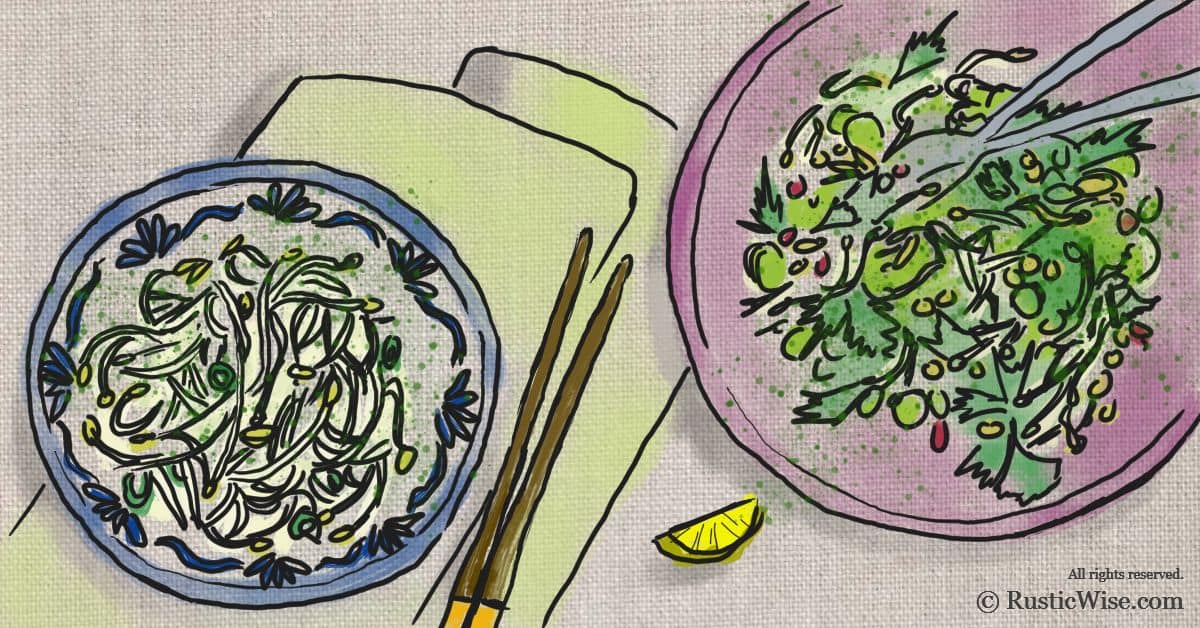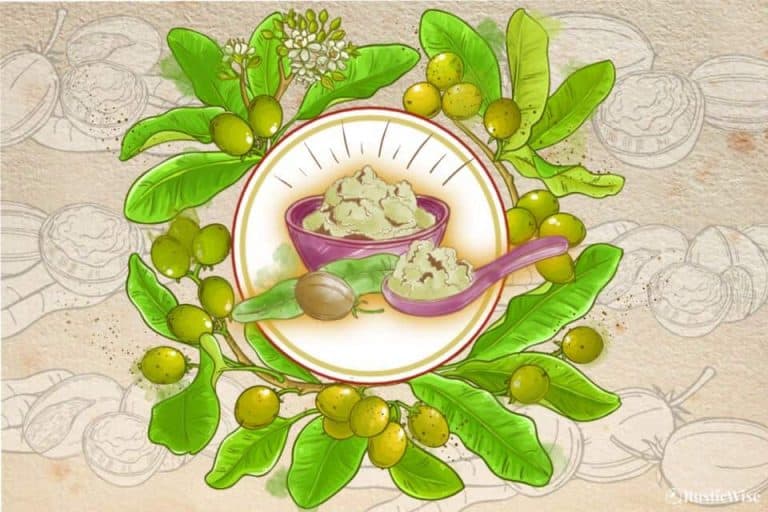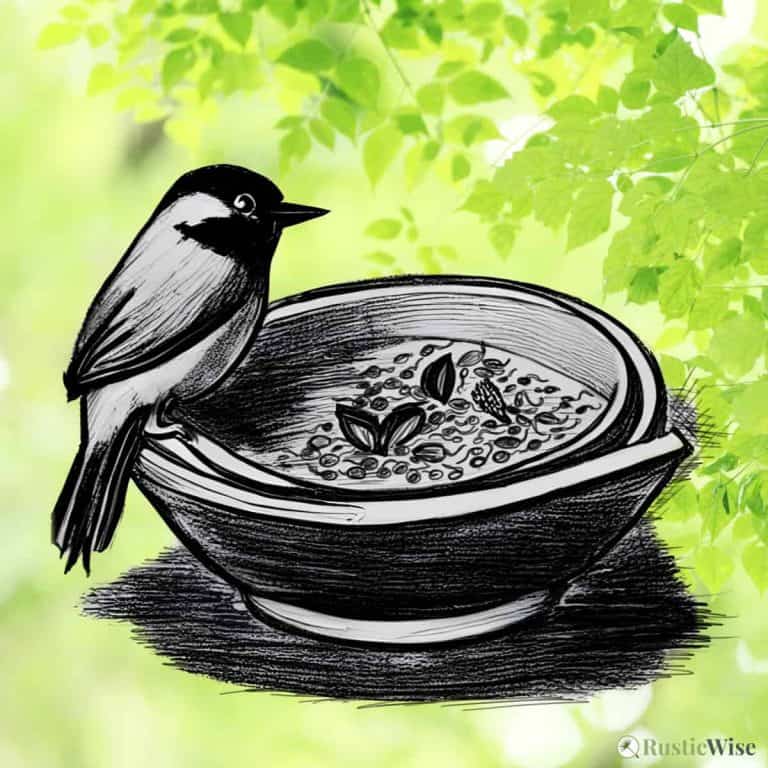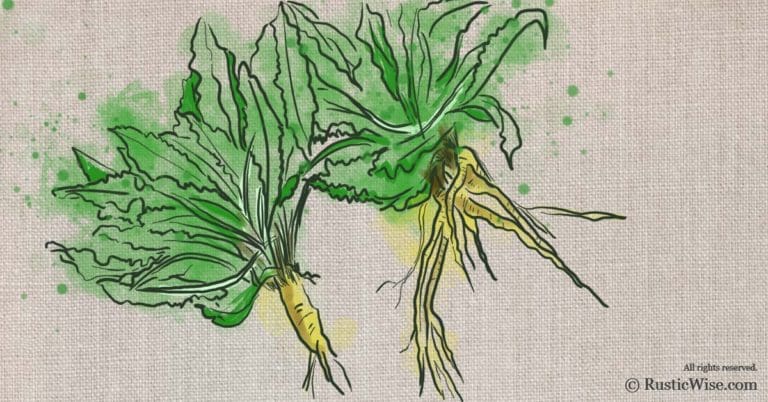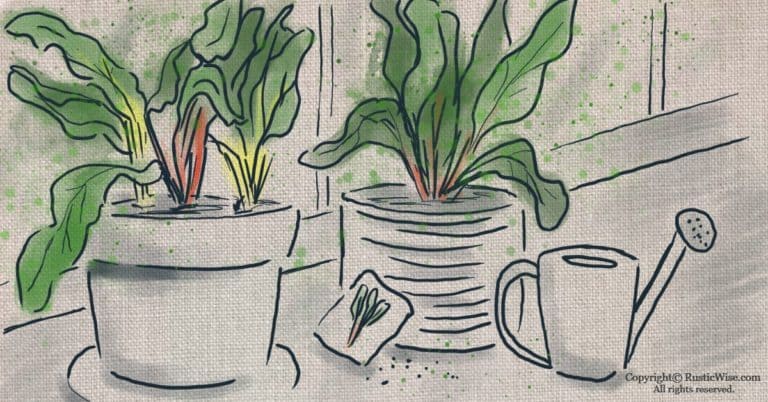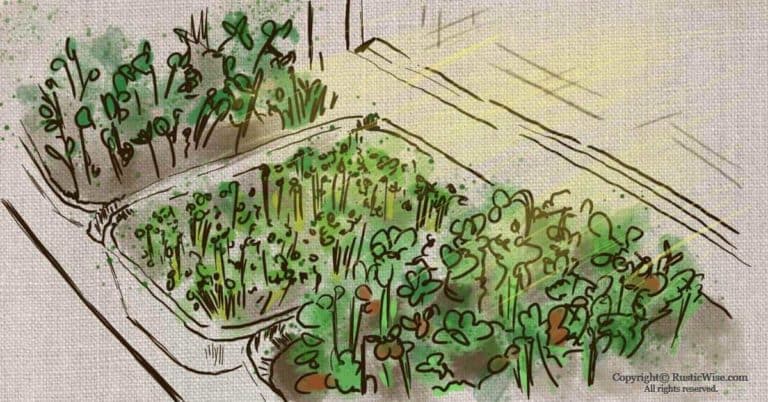Should Sprouts Be Eaten Raw or Boiled: Food Safety and Cooking Methods
If you’re hesitant to eat sprouts because you’ve heard countless news reports about food poisoning instances, you’re not alone.
The U.S. Food and Drug Administration reported that between 1996 and 2018, “contaminated sprouts were linked to 50 outbreaks, which together resulted in more than 2,600 cases of foodborne illness.” The likely culprit? Contaminated seeds.
But before you decide to forever banish sprouts from your diet, hold up. Sprouts are a rich source of protein, magnesium, folate, and vitamins. The process of sprouting helps to preserve the nutrient content more than their unsprouted counterparts meaning they contain higher nutrients.
So are the risks of eating sprouts worth the health benefits? And should sprouts be eaten raw or boiled? While sprouts are generally safe to eat, certain people should avoid eating raw sprouts including pregnant women, very young children, elderly, or those with compromised immune systems. Most people can safely reduce the risk of foodborne illness by cooking sprouts first.
Let’s take a closer look at the potential risks of sprouts and how you can practice good food safety.
Why are sprouts susceptible to foodborne illnesses?
Sprouts are prone to foodborne illnesses because of the nature of the sprouting process. In order for plants to sprout, they need heat and humidity. If you remember from your high school Foods class, the danger zone that increases the risk of harmful bacteria growth on food is between 40–140 degrees Fahrenheit (4.4–60 degrees Celsius).
Unfortunately, improperly handled sprouts often linger in this danger zone making them a breeding ground. The most common foodborne illnesses associated with sprouts are salmonella, and harmful types of E. coli. Occasionally, there is Bacillus cereus, Listeria monocytogenes, and Staphylococcus aureus.
Since there have been so many outbreaks of food poisoning due to improper handling of sprouts, the U.S. FDA has introduced new draft guidance to ensure commercial sprouting businesses adhere to good agricultural practices (GAPs).
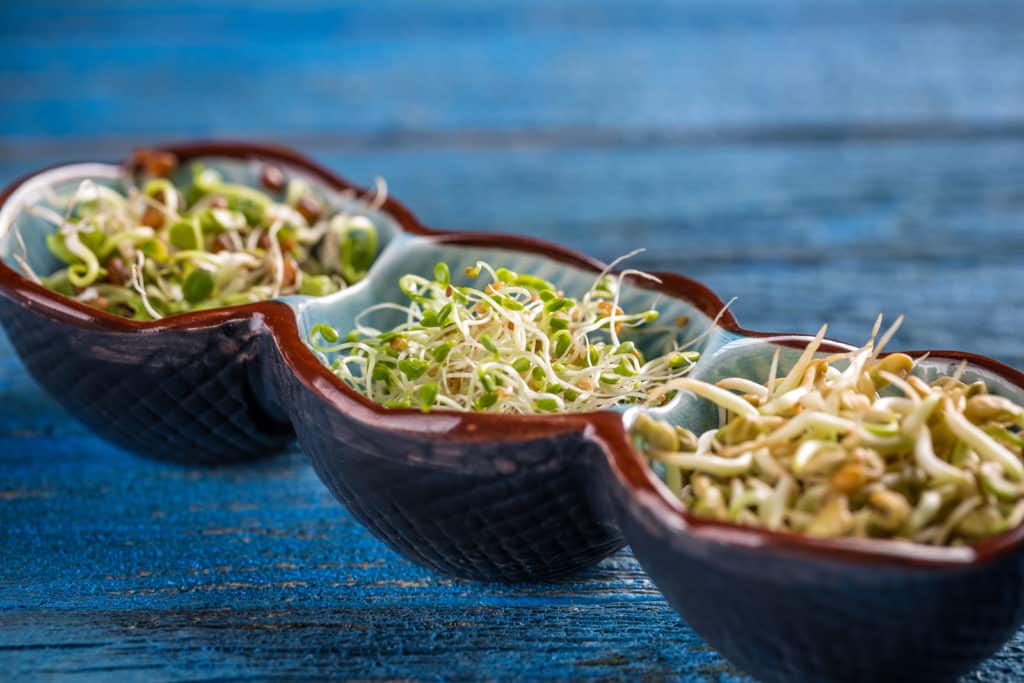
Types of Sprouts
So what exactly are sprouts? Sprouts are young greens that have germinated from a seed. In a nutshell, seeds are soaked in water, then kept moist and at a warm temperature in containers until the seeds begin to sprout. Sprouts are harvested when they are not fully mature plants—at this tender young age, they are chock-full of nutrients.
There are many types of sprouts. A few common types include:
- Bean or pea sprouts: Mung bean sprouts are perhaps the most well-known. Commonly used in Asian cuisine like stir-fry, you’ll recognize them with their white, thin appearance and yellow ‘tail.’ Other common varieties include soybean, green pea, garbanzo, and lentil.
- Nut and seed sprouts: Alfalfa seed sprouts with their mild taste are commonly used in salads and sandwiches. Other nut and seed sprouts include sunflower, sesame, radish and pumpkin.
- Vegetable sprouts: While fully grown vegetables are healthy, their young sprouts contain even more nutrients. Many have taken to growing these microgreens at home. Common vegetable sprouts include broccoli, mustard greens (which have a spicy flavor), clover, and beets.
- Sprouted grains: Common types include quinoa, amaranth, oat, and buckwheat. Sprouted grains are ground into flour, or used in breakfast cereals and porridge.
Who should avoid eating raw sprouts?
Since raw sprouts carry the risk of some foodborne illnesses some people should use caution, or avoid eating raw sprouts altogether (see below for cooking or boiling sprouts). The following segments of the population should avoid raw sprouts:
- Women who are pregnant, or breastfeeding
- Very young children
- Elderly
- Those with compromised immune systems
Should sprouts be eaten raw or boiled: the lowdown on cooked, boiled, and raw sprouts
It goes without saying that all sprouts need a thorough rinse in a colander before eating raw, or cooking. Sprouts need to be refrigerated immediately when brought home and it’s best if used within a few days.
The National Health Service (NHS) in the UK suggests raw sprouts be consumed within two days and to only eat raw sprouts labelled “read to eat.”
So does a thorough washing get rid of harmful bacteria? Sadly, no. If you’re concerned about eating raw sprouts you may want to consider cooking or boiling sprouts to kill harmful bacteria.
Keep in mind that raw sprouts contain higher levels of nutrients while cooking sprouts slightly diminishes their nutritional content. Cooking, especially boiling, changes the texture and flavor of the sprouts as well. However, cooked or boiled sprouts are still a great addition to a healthy diet.
To properly cook sprouts, ensure they are piping hot throughout. Here are a few different ways to cook sprouts:
- Sauté: Use a frying pan or wok to sauté sprouts before adding them to dishes such as stir-fry or omelettes.
- Blanche: Some sprouts such as mung bean sprouts may still maintain some of their crunchiness if blanched. To blanche, boil a pot of water and add a pinch of salt. Place mung bean sprouts in for 2 minutes. Remove with a slotted spoon.
- Steam: Fill a pot with a couple inches of water and bring to a boil. Place sprouts in a steamer basket and lower in the pot. Steam for about 5 minutes.
- Boil: Place sprouts in boiling hot water until tender. This is a good method for incorporating sprouts into soups and stews.
Health benefits of sprouts
The very nature of the sprouting process (germinating a seed and harvesting a young shoot while it’s at its peak nutrition level) makes sprouts even healthier than plants that are unsprouted. Due to sprouts’ low-calorie, high-nutrient profile, it’s often used as part of a healthy weight loss program.
So what are some health benefits of sprouts?
- Rich source of nutrients and antioxidants: While there are many different types of sprouts, they typically are rich in protein, vitamins C and K, as well as magnesium, folate, phosphorus, and manganese.
- Helps with digestion: Eating sprouts can make everything else go down easier as well. Plants that are sprouted have increased levels of fiber.
- Keeps blood sugar levels in check: Some studies show that those with Type 2 diabetes may benefit from lower blood insulin levels as a result of taking a broccoli sprout supplement. However, more studies need to be done to confirm this.
- Maintains a healthy heart: When sprouts are part of a healthy diet, they can help to lower “bad” LDL cholesterol and boost “good” HDL cholesterol.
Food safety tips for sprouts
By observing a few food safety tips when buying, storing, and handling sprouts, you can help reduce the risk of food poisoning.
- Inspect for freshness: When you’re at the grocery store, have a look at the appearance and freshness of packaged sprouts. Are there any slimy or brown pieces?
- Refrigerate immediately: Ensure sprouts are refrigerated at the store, and place them in your fridge immediately once at home. Keep them cool at temperatures below 40 degrees Fahrenheit (4 degrees Celsius).
- Use within 2-3 days: Yup, sprouts have a short shelf life. Use them up as soon as you can.
- Wash sprouts and hands thoroughly: Practicing good washing habits is essential to keeping harmful bacteria at bay. Wash your hands before and after handling sprouts (sing the alphabet song twice), and wash sprouts thoroughly in a colander.
- Use caution when dining out: If you’re in a higher-risk cohort, you’ll want to double-check your food when eating out to ensure there are no raw sprouts.
Growing sprouts at home
Growing your own sprouts at home is a great way to add a source of fresh veggies to your self-sustainability toolkit. From soaking seeds to germination, you can have fresh, healthy sprouts on your plate within a few days.
When purchasing store-bought sprouts, there’s always a chance of harmful bacteria developing either during germination, packaging, or shipping. With homegrown sprouts, you’re able to control the growing environment and eliminate some risks.
With that being said, yes, there’s still a chance of getting foodborne illnesses from sprouts grown at home. Taking the proper food handling and safety precautions seriously as well as purchasing quality seeds from a reputable supplier help to cut down the risks.
We’ll go into more detail about growing sprouts for another post. In the meantime, wash those sprouts, cook ‘em (if you want to), and enjoy!
References
- U.S. Food & Drug Administration, FDA Issues Draft Guidance for Reducing Food Safety Hazards in the Production of Seed for Sprouting, Accessed May 2020.
- Hart, Jane (25 January 2017). “Keep food safety in mind when consuming sprouts.” Michigan State University Extension. Accessed May 2020.
- NHS, Sprouted seeds safety advice, Accessed May 2020.
- Petre, Alina (23 February 2018). “Raw Sprouts: Benefits and Potential Risks“. Healthline. Accessed May 2020.
- SELFNutritionData, Mung beans, mature seeds, sprouted, raw, Accessed May 2020.

Author: Josh Tesolin
Josh is co-founder of RusticWise. When he’s not tinkering in the garden, or fixing something around the house, you can find him working on a vast array of random side projects.

